Are Ireland’s hopes of planting 8,000ha of forestry a year in tatters now that the Coillte-Gresham House model of investment has effectively been abandoned?
It is a fair question for The Dealer to ask.
Coillte’s stated aim of planting 3,500ha per year between now and 2050, or 100,000ha in total, was a central plank – no pun intended – of the overall national afforestation strategy.
The State forestry body was effectively guaranteeing to deliver 45% of the Government’s planting target each year for the next three decades.
It was obviously envisaged that the increased grants and premiums available under the new forestry programme would entice farmers and private investors to plant the remaining 4,500ha of the 8,000ha target.
However, Coillte’s hopes of playing a lead role in the country’s latest afforestation drive have been seriously undermined by the Gresham House furore.
Coillte’s original “strategic vision” stated that up to €2bn would be required to fund the land purchase element of its planting plan, which included 50,000ha of commercial forests and 50,000ha of native woodlands. But its Gresham House deal will only deliver 3,500ha of new woodlands over the next five years.
Commercial plantations
How Coillte will deliver the remaining 46,500ha of commercial plantations is still unclear, since the Government now appears to have backed away from supporting the use of foreign-controlled funds to finance afforestation, and Coillte has admitted that no further Gresham House-like agreements are in the pipeline.
The change of heart regarding the Gresham House investment model raises serious questions around Coillte’s ability to deliver on its planting target – particularly the 50,000ha of commercial forestry.
And if there are major concerns around Coillte’s planting plans, does that mean that the Government’s national afforestation targets are in a similar pickle?
If Coillte is unable to deliver the 3,500ha per year in new woodlands, the spotlight will inevitably shift back on to farmers and private forestry investors to make up the shortfall, as increasing overall planting levels is a crucial element of Government’s climate change strategy.
But getting farmers and private investors to commit to 4,500ha of planting a year was a big enough ask, given the problems that have bedevilled the forestry sector over the past five years.
Expecting landowners to go even further and fill the inevitable hole in Coillte’s planting projections may be asking too much.
Clearly, the fallout from the Coillte-Gresham House controversy will not be simple.



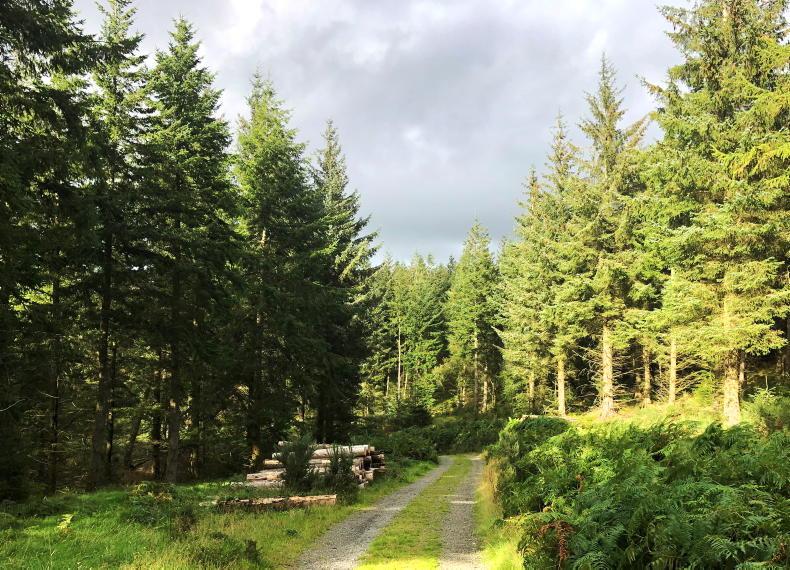

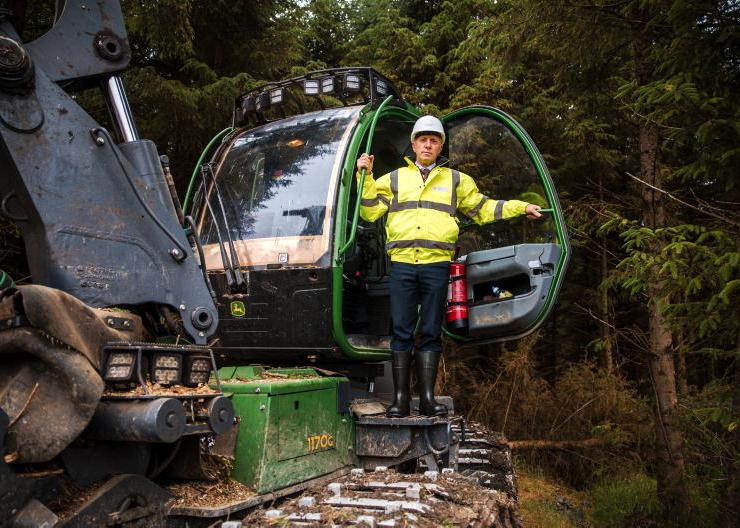

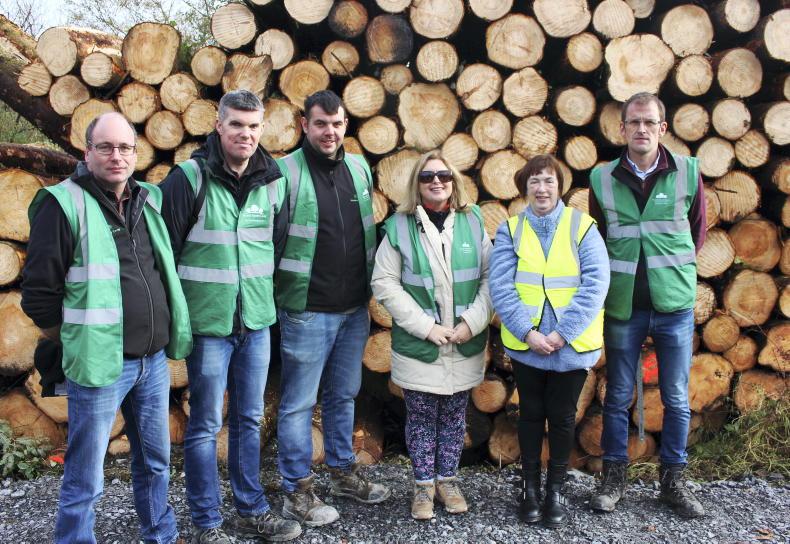
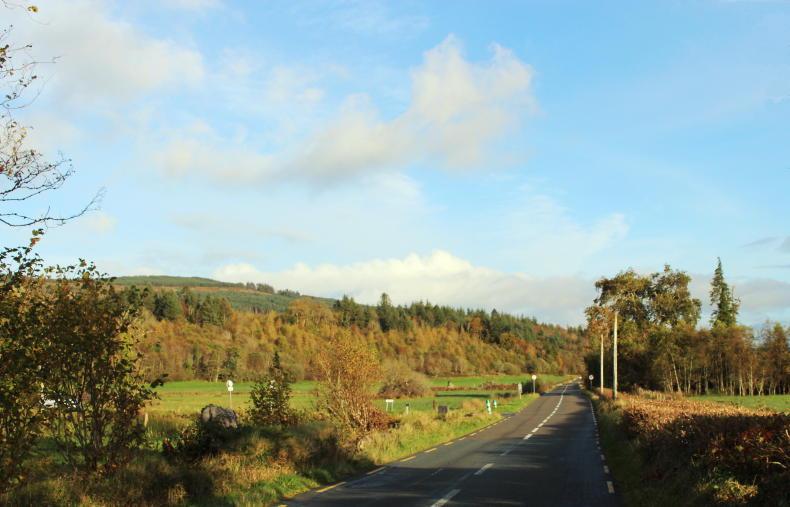
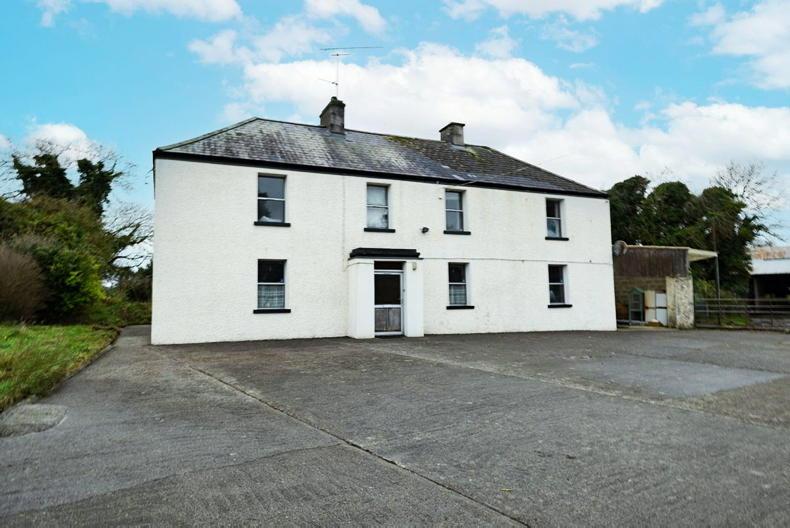
SHARING OPTIONS